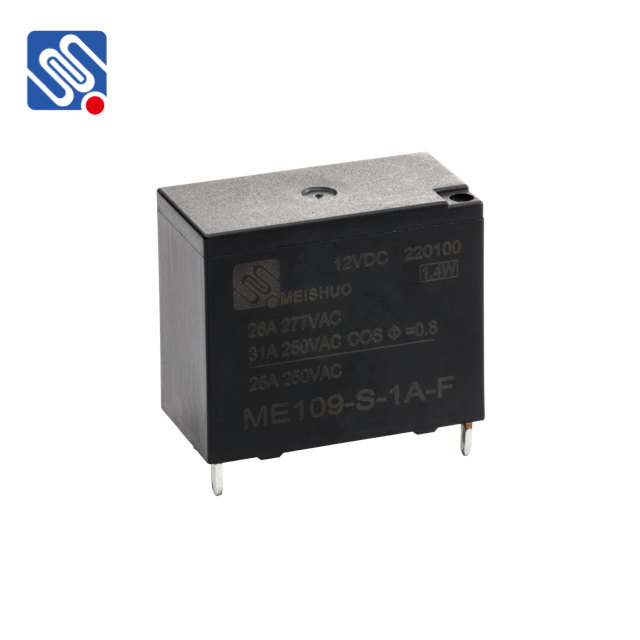In recent years, the rapid development of renewable energy sources such as solar power, wind energy, and electric vehicles has significantly impacted power systems worldwide. As these new energy technologies continue to gain popularity, the demand for efficient, reliable, and safe electrical components has surged. One such essential component is the New Energy Relay, a device designed to manage the complexities of modern power systems by controlling and protecting electrical circuits in energy systems. This article explores the role of new energy relays, their applications, and why they are crucial in the transition to a sustainable energy future.

What is a New Energy Relay? A New Energy Relay is an electrical switching device used to control and protect electrical circuits in renewable energy systems, electric vehicles, and smart grids. These relays are specifically designed to handle the unique demands of new energy applications, which often involve high voltages, fluctuating power sources, and frequent on/off cycles. New energy relays are essential for ensuring the smooth operation and safety of systems that generate, store, and use renewable energy. Applications of New Energy Relays Electric Vehicles (EVs) In electric vehicles, relays play a crucial role in managing the power supply from the battery to the electric motor. The Battery Management System (BMS) uses relays to control charging and discharging cycles, ensuring the battery operates within safe voltage and current limits. New energy relays are designed to handle the high power levels typical in EVs while maintaining safety and longevity.